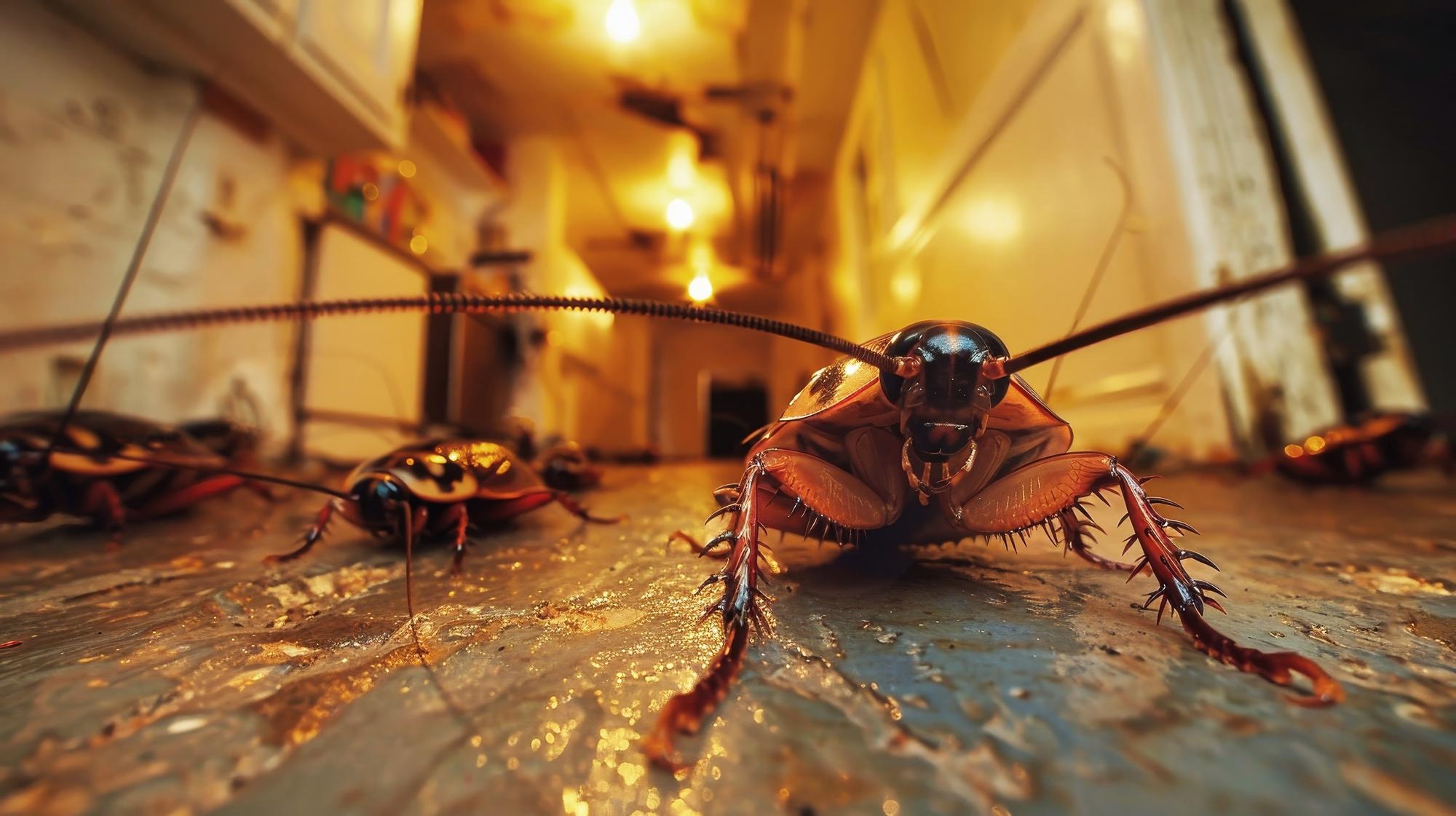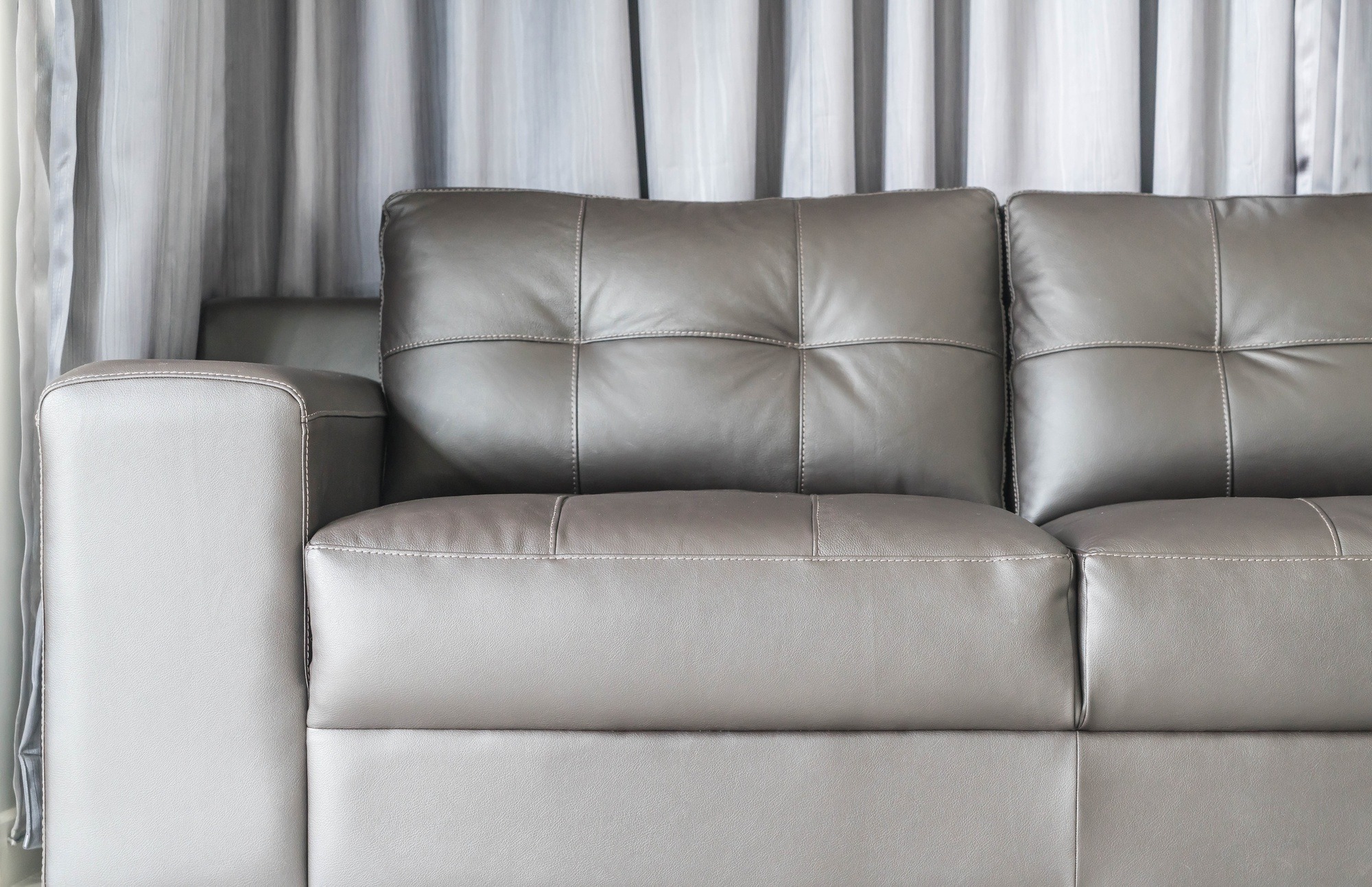Dealing with termites in your home can feel like you’re up against a silent destroyer. These tiny pests are notorious for causing significant damage before you even realize they’re there. But don’t worry, getting rid of termites is not as daunting as it seems. Here’s a comprehensive, step-by-step guide on how to tackle these unwelcome guests like a pro.
Identifying the Enemy: Do You Have Termites?
First things first, how can you be sure you’re dealing with termites and not some other pest? Termites are small, pale insects that feed on cellulose, primarily found in wood. Look for these telltale signs:
- Mud tubes: These are pencil-sized tunnels around your home’s foundation.
- Hollowed or damaged wood: Wood that sounds hollow when tapped could be a sign.
- Swarmers: Flying termites that leave discarded wings behind.
Understanding the Culprits: Types of Termites
Subterranean termites and drywood termites are the most common in homes. Knowing which type you’re dealing with can help tailor the best treatment plan:
- Subterranean termites build mud tunnels and are primarily found in the ground.
- Drywood termites live within the wood they consume and don’t require soil contact.

Step-by-Step Termite Elimination
1. Confirm the Infestation
Before you take any drastic measures, it’s crucial to confirm an active infestation. This might be a job for a professional who can provide a thorough inspection.
2. Choose Your Weapons: Termite Treatment Options
Once confirmed, you have a few options to consider:
- Liquid termiticides: Barrier chemicals applied to the soil and foundation.
- Bait systems: Stations installed around your home to lure and poison termites.
- Fumigation: This is generally recommended for severe, widespread drywood termite infestations.
3. Prevention Is Better Than Cure
After treatment, prevent future infestations. Ensure wood is dry and ventilated, fix leaks promptly, and maintain a termite barrier around your home.
Natural Remedies vs. Professional Help
While there are DIY treatments, such as boric acid or nematodes, these may not be effective for large infestations. When in doubt, it’s wise to call in the experts. Professional termite control companies offer more powerful solutions and warranties.
Maintaining a Termite-Free Home
Regular inspections and good housekeeping can keep your home termite-free. Look for vulnerabilities in your home’s structure and correct them promptly. Keep an eye on the moisture levels in your home, as termites thrive in damp environments.
Conclusion: Peace of Mind from Pesky Pests
Eliminating termites might seem challenging, but with the right approach, it’s entirely manageable. Whether you choose natural methods, DIY treatments, or professional intervention, the key is to act quickly. Remember, the faster you address the problem, the better your chances of saving your home from significant damage.
Termite troubles can indeed be a thing of the past. With diligent care and the right preventive measures, you can maintain a strong, healthy home free from these destructive pests. So, what’s stopping you from reclaiming your peace of mind?


